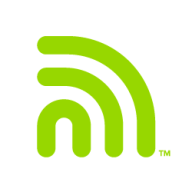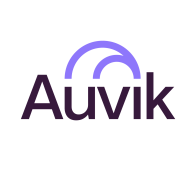

AirCheck G3 and Auvik compete in the network management tools category. Users report that Auvik generally offers superior features, making it worth the higher price despite AirCheck G3’s favorable ratings in other areas.
Features: AirCheck G3 is praised for its portable, easy-to-use handheld device capable of thorough network diagnostics. Auvik stands out with its comprehensive network monitoring, alerting capabilities, and cloud-based management.
Room for Improvement: AirCheck G3 could improve by adding more robust reporting features, expanding its data storage capacity, and integrating more third-party tools. Auvik could benefit from greater customization options, enhanced integration with more third-party tools, and streamlined setup processes for certain features.
Ease of Deployment and Customer Service: AirCheck G3 is noted for its straightforward setup process and portability, with responsive customer service. Auvik is also easy to deploy, particularly for cloud environments, and offers excellent customer support with smooth integration into network infrastructure.
Pricing and ROI: AirCheck G3 is considered more affordable upfront, delivering substantial value for the cost. Auvik, while more expensive, tends to deliver a higher ROI due to its expansive feature set and operational benefits, with many users finding it worth the investment.


AirCheck G3 is the most cost-effective hardware-enabled site survey solution for Wi-Fi 6/6E networks. It provides network professionals of any skill level with complete and accurate information to survey and validate Wi-Fi deployments and changes, resolve connectivity and performance problems quickly, speed up closure of trouble tickets, and ensure your Wi-Fi network meets end users’ needs.
The new and improved battery life of 10 hours (3 - 4 hours charge) lasts you and your teams throughout the day.
Auvik is a network management software that provides real-time visibility and control over network infrastructure.
It automates network mapping, monitoring, and troubleshooting, allowing IT teams to easily identify and resolve issues.
With its intuitive interface and powerful features, Auvik helps businesses optimize their network performance and ensure smooth operations.
We monitor all Network Troubleshooting reviews to prevent fraudulent reviews and keep review quality high. We do not post reviews by company employees or direct competitors. We validate each review for authenticity via cross-reference with LinkedIn, and personal follow-up with the reviewer when necessary.